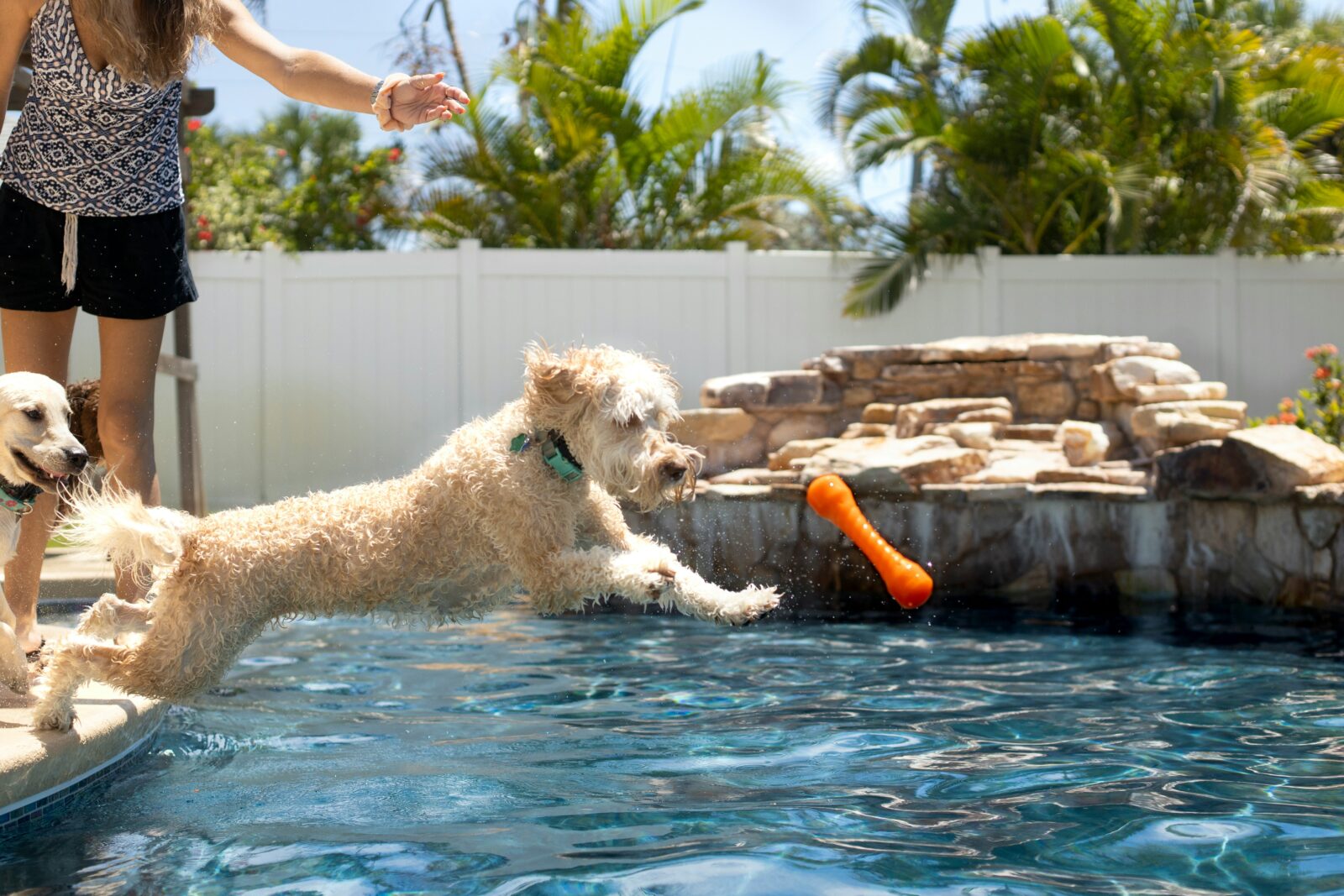Keeping your dog’s playtime exciting can be a challenge, especially if your furry friend seems to lose interest in their toys quickly. Toy rotation is a simple yet effective way to rejuvenate your dog’s playtime and maintain their interest. This guide will explore the benefits of rotating dog toys, provide practical strategies for rotation, and offer tips to make playtime more enjoyable for your pet.
1. Understanding the Importance of Toy Rotation
Rotating your dog’s toys involves periodically switching out the toys they have access to, ensuring that they always have something fresh and interesting to engage with. This practice has several benefits:
- Prevents Boredom: Dogs, like people, can get bored with the same toys. Rotating toys helps keep their playtime stimulating and fun.
- Encourages Engagement: New toys or rediscovered favorites can renew your dog’s interest, leading to more active play sessions.
- Reduces Wear and Tear: By rotating toys, you prevent overuse of any single toy, which helps them last longer and remain in good condition.
2. Strategies for Effective Toy Rotation
To get the most out of toy rotation, consider the following strategies:
2.1. Create a Toy Inventory
Start by taking stock of all the toys your dog currently has. Group them into categories based on type, size, and material. This inventory will help you determine how often you should rotate toys and which ones to include in each rotation.
2.2. Establish a Rotation Schedule
Decide on a rotation schedule that works for you and your dog. Common approaches include:
- Weekly Rotation: Change out toys every week to keep things fresh.
- Bi-weekly Rotation: Rotate toys every two weeks for a more gradual change.
- Seasonal Rotation: Rotate toys based on seasons or holidays for added variety.
Consistency is key to maintaining your dog’s interest, so choose a schedule that fits your lifestyle and stick with it.
2.3. Divide Toys into Groups
Based on your inventory, divide the toys into groups. For example, you might have a group for chew toys, a group for fetch toys, and a group for interactive toys. Rotate these groups to ensure your dog has access to a variety of play options.
2.4. Introduce New Toys Gradually
If you’re adding new toys to your collection, introduce them gradually. Combine new toys with familiar ones during rotations to ease your dog into the change and prevent overwhelming them.
3. Tips for Successful Toy Rotation
3.1. Monitor Your Dog’s Preferences
Pay attention to which toys your dog seems to enjoy the most. If you notice certain toys are particularly favored, make sure they’re included in each rotation. Conversely, toys that are rarely played with might be rotated out for a while.
3.2. Keep Toys Clean
Ensure that the toys you rotate are clean and in good condition. Regularly inspect toys for signs of wear and tear, and clean them according to manufacturer instructions. This practice not only keeps playtime safe but also makes toys more appealing.
3.3. Incorporate Training and Interactive Toys
Include training and interactive toys in your rotation to stimulate your dog’s mind as well as their body. Puzzle toys, treat-dispensing toys, and toys that encourage problem-solving can add a new dimension to playtime.
3.4. Adjust for Different Life Stages
As your dog ages, their toy preferences and needs may change. Puppies, adults, and senior dogs have different play requirements, so adjust your toy rotation to suit their developmental stage.
4. Common Mistakes to Avoid
4.1. Over-Rotation
While rotating toys is beneficial, too frequent changes can be confusing or overwhelming for your dog. Stick to a consistent schedule and avoid excessive rotation.
4.2. Ignoring Safety
Always ensure that the toys you rotate are safe and appropriate for your dog’s size and chewing habits. Remove any damaged toys to prevent potential injuries.
4.3. Neglecting Engagement
Toy rotation alone isn’t enough. Engage with your dog during playtime to strengthen your bond and ensure they’re getting the most out of their toys.
5. Enhancing Playtime Beyond Rotation
5.1. Interactive Play
Join in the fun by playing with your dog using their toys. Interactive play strengthens your bond and adds an extra layer of excitement to their toy rotation.
5.2. Outdoor Adventures
Incorporate toys into outdoor playtime. Fetch toys, agility equipment, and frisbees can make outdoor adventures more thrilling and engaging for your dog.
5.3. DIY Toys
Create DIY toys or modify existing ones to add variety. Homemade toys can be a fun and cost-effective way to keep playtime interesting.
6. Conclusion
Rotating dog toys is a simple yet effective way to keep your furry friend’s playtime fresh and engaging. By implementing a thoughtful rotation strategy and paying attention to your dog’s preferences, you can ensure that they always have something exciting to look forward to. Remember, playtime is not just about the toys but also about the joy and enrichment they bring to your dog’s life. Happy rotating!











Leave a Reply